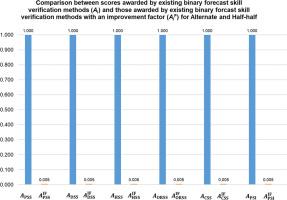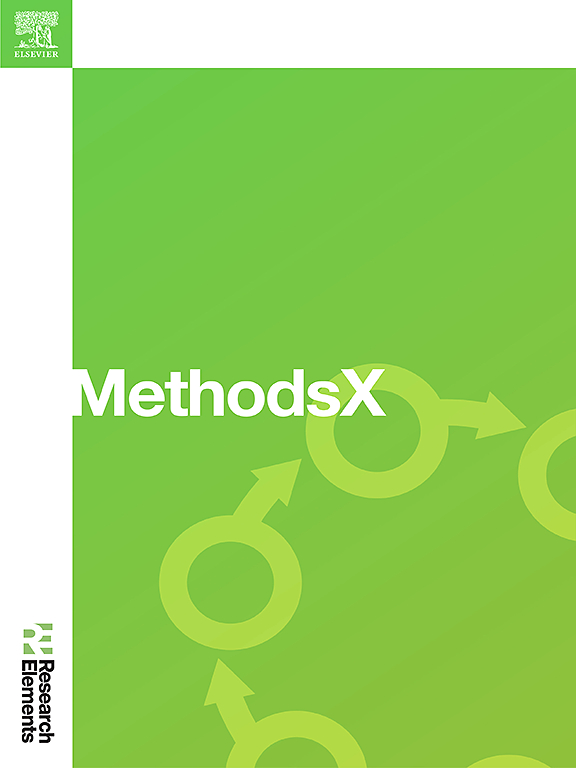改进二进制预报技能验证的方法。
IF 1.6
Q2 MULTIDISCIPLINARY SCIENCES
引用次数: 0
摘要
现有的确定性二元预报技能验证方法对容易预报的事件给予满分,为了克服这种方法的局限性,我们引入了一个改进因子。它由两部分组成:1)事件准确预报难易程度的度量;2)事件发生频率的度量。通过使用两个假设数据集,本研究证明了改进因子可以提高现有确定性二元预测技能验证方法的性能,即对被认为容易预测的事件的完美预测给予接近无技能预测的分数。现有的确定性二元预测技能验证方法无法对被认为容易预测的事件给出正确的分数。本文章由计算机程序翻译,如有差异,请以英文原文为准。

A method to improve binary forecast skill verification
To overcome the limitations of existing deterministic binary forecast skill verification methods that award a perfect score for forecasting events considered easy to forecast, an improvement factor is introduced. It comprises two components which are 1) a measure of the ease with which an event can be accurately forecasted and 2) a measure of frequency of event. By using two hypothetical datasets, this study demonstrates that an improvement factor could enhance the performance of existing deterministic binary forecast skill verification methods by awarding score that is close to score for no-skill forecast for the perfect forecasts of events considered easy to forecast. In addition, the forecast and actual data on annual inflation rate are used to demonstrate how an improvement factor could be used together with the existing deterministic binary forecast skill verification methods in order to assess skills of the forecasters in practice.
- •Existing deterministic binary forecast skill verification methods fail to award correct score for events considered easy to forecast.
- •An improvement factor is developed in order to enhance performance of existing deterministic binary forecast skill verification methods.
- •Hypothetical and empirical data are used to validate how an improvement factor works.
求助全文
通过发布文献求助,成功后即可免费获取论文全文。
去求助
来源期刊

MethodsX
Health Professions-Medical Laboratory Technology
CiteScore
3.60
自引率
5.30%
发文量
314
审稿时长
7 weeks
期刊介绍:
 求助内容:
求助内容: 应助结果提醒方式:
应助结果提醒方式:


